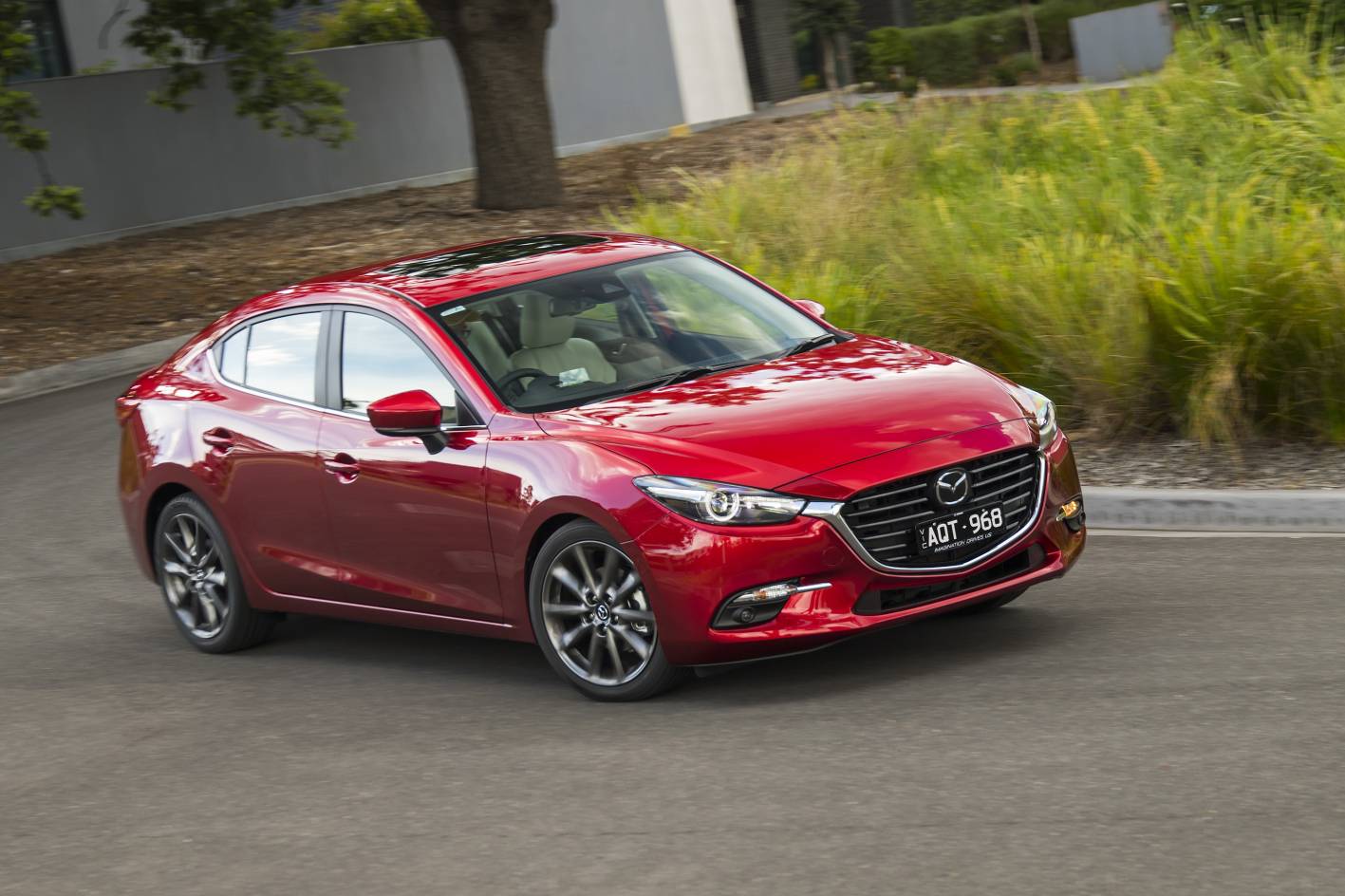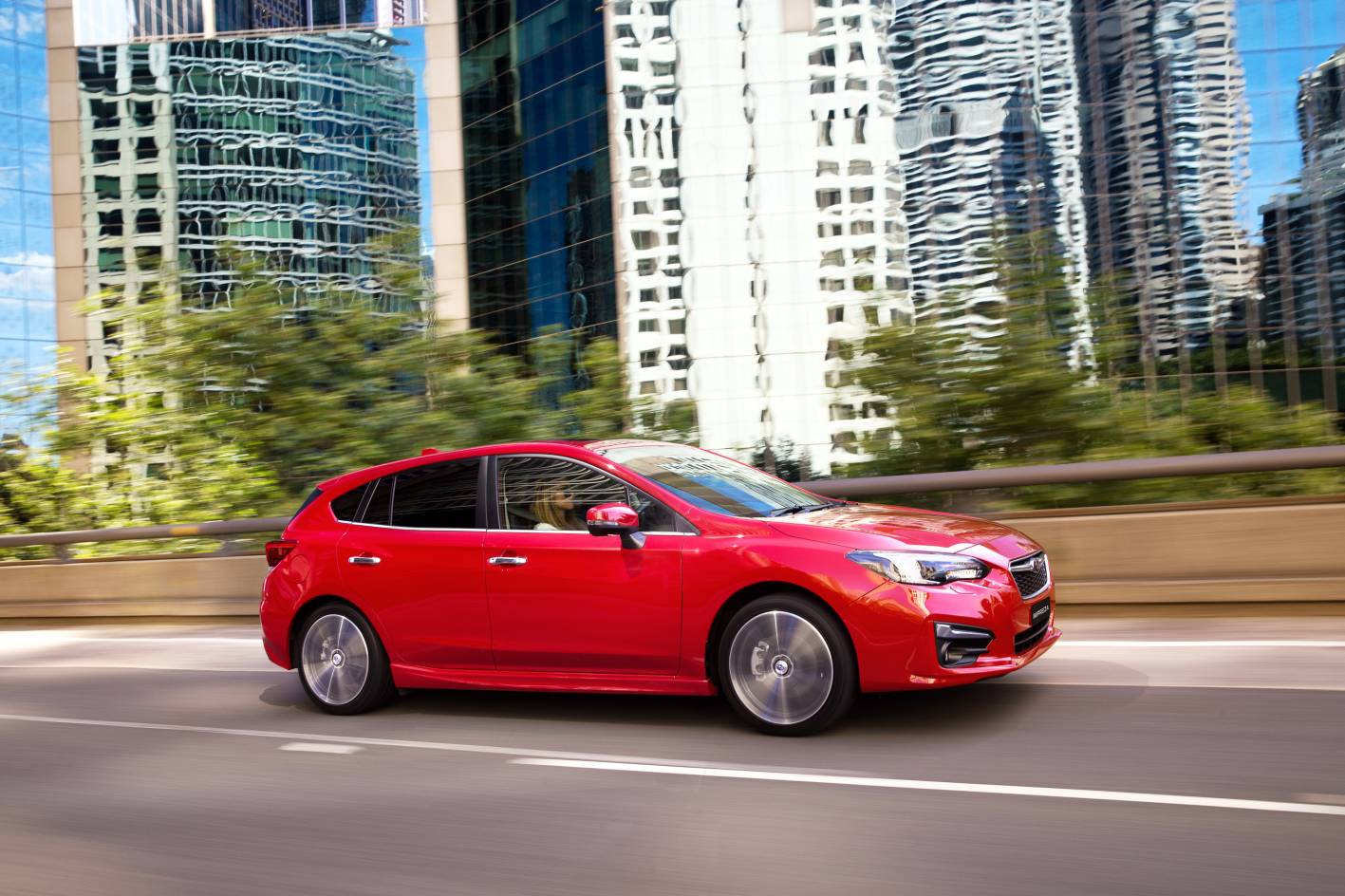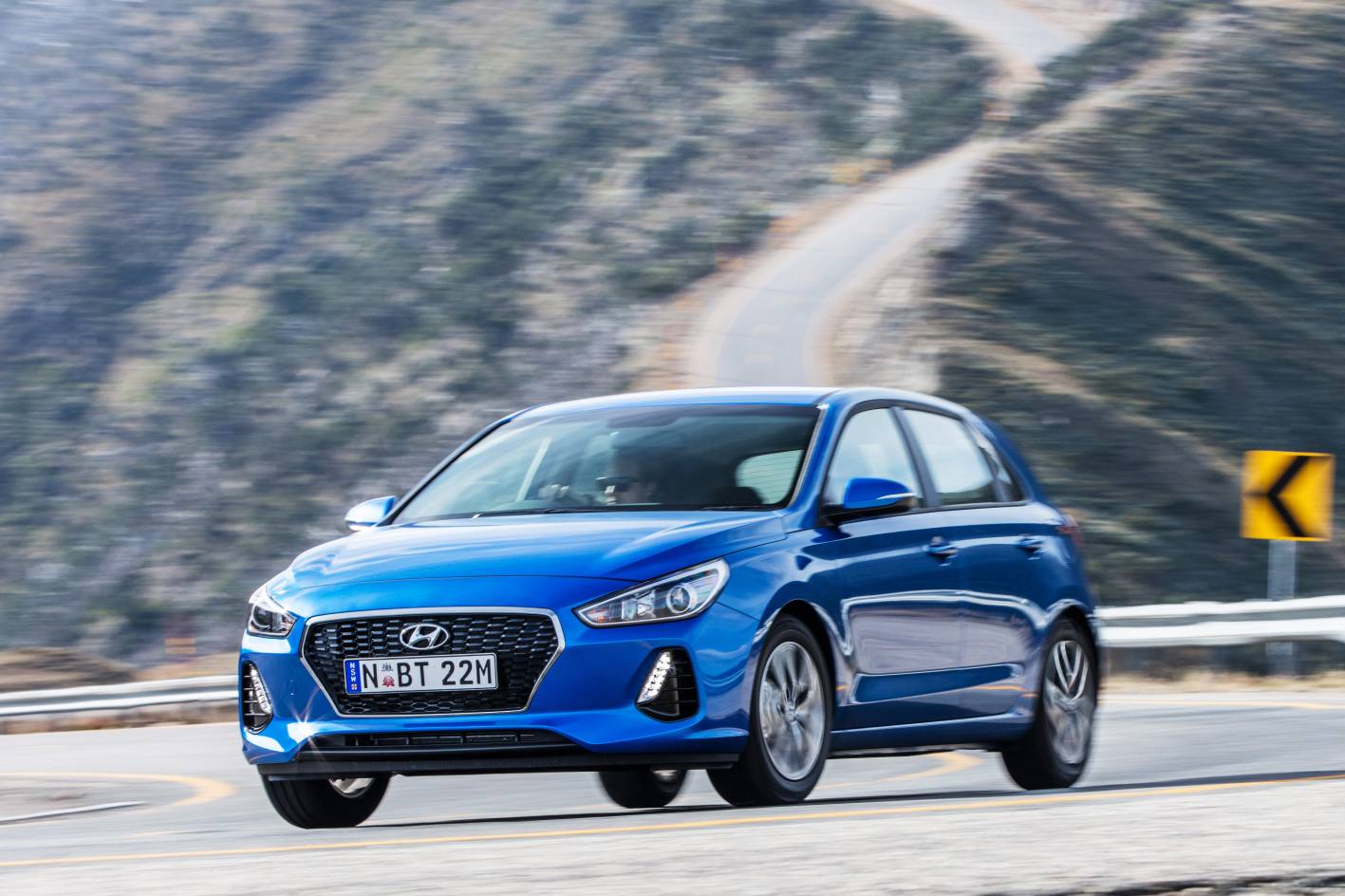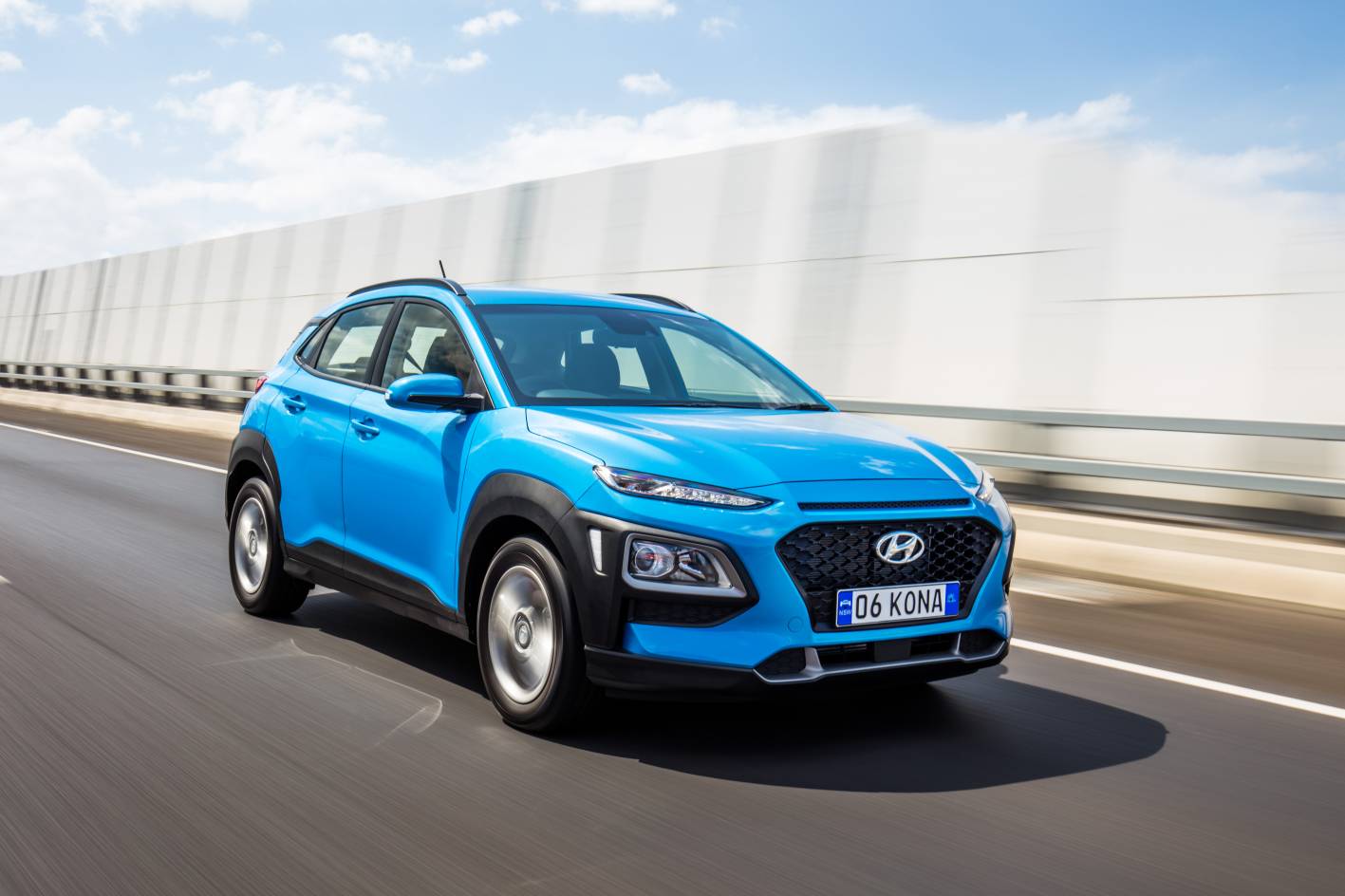Don't Make These Top 3 New Car Test Driving Mistakes
The all-important new-car test drive is part of every purchase decision. But don’t make these classic mistakes, if you know what's good for you.
This report is inspired by the dissertations - the boxed sets, with director’s commentaries - I get, twice, sometimes thrice, each week, in which someone, perhaps you, sends me a highly detailed brain fart dressed up as a road test report. Their road test report. Detailed driving impressions. 'War & Peace' driving impressions. The miracle cure for insomnia...
And I do mean ‘detailed’. 3000 words (and, often, no punctuation). The education system leaves too many people behind… And often they’re painted on a sweeping Technicolor backdrop of ‘Yaris versus LandCruiser - please help me decide.’ So that’s interesting.
There are really three mistakes for the test-drive obsessed new car buyer. Let us exorcise them and cast these demons back into the pit of hell, so that my inbox can once again roam this earth unencumbered, and of course so that you don't end up buying the wrong new car.
After the three classic test-driving mistakes below, I included four more pro tips for test driving, but if you want more on this you can also check out my guide to test driving a new car >>
MISTAKE 1:
OVERSTATED IMPORTANCE OF DRIVE IMPRESSIONS
People overstate the importance of test-driving impressions. Grossly. Look, if you’re a complete car nut (something I can certainly relate to) then driving impressions are important to you. I get that.
But if you are a mainstream car buyer, it’s the 21st Century. If you take the most popular segments - the small cars, the medium SUVs, the 4X4 utes … they all drive very similar (within the segment - obviously utes don’t feel the same as small cars - but all the top utes feel very similar, and so do all of the best small cars).
Petrol and diesel powertrains typically feel very different. More on choosing between petrol and diesel >>
You can call bullshit on this if you want - and I can already hear car enthusiast nuts doing this all over town - but all carmakers benchmark every new car against the leading competitors.
The entire aim is to get close, or a little bit ahead on each key criteria. The present these analyses at press conferences during the launch. This is why, dollar for dollar, cars in the same category are increasingly trending towards becoming clones of one another.
And yeah, there are driving differences, but they’re generally not critical differences in the context of ordinary owners and what they should buy. Certainly the differences in the driving experience of common leading competitors is not as important to the purchasing decision, overall, as other factors.
I’m talking here about factors like the equipment levels, the value, the safety credentials, and the parent company’s ethical compass - should you find yourself in the unfortunate position of having a real problem and needing considerable support.
In this situation it makes a helluva difference if you’re dealing with a Subaru, Mazda, Hyundai, Kia or BMW (all pretty good) as opposed to a Jeep, Volkswagen, Mercedes-Benz, Holden or Ford (all pretty reprehensible).
People blow the importance of the drive experience completely out of the water - and typically this is a male Achilles heel. The reality is: Among the leaders in every mainstream segment, there’s just not enough difference in the drive experience to swing the decision one way or the other. You have to put the drive in perspective, or you’ll end up buying the wrong car.
MISTAKE 2:
PRESUMING YOU'RE A LEGENDARY DRIVER
Mistake two is also pretty much a guy thing. If you’re a man there’s a certain societal expectation that you can drive like a boss - get in an unfamiliar car and be in-frigging-charge. Put it through its paces. Beat it into submission.
The reality is - and having test driven new cars more or less continuously for a couple of decades, this is something I’m on intimate terms with - the reality is, it takes years before you can get behind the wheel of a totally unfamiliar car and accommodate it immediately.
It’s very hard for anyone who does not test drive dozens of different cars all the time to accommodate all the differences - the architectural differences, the control feedback differences, the visual differences, and the different secondary and tertiary control layouts.
It’s actually OK to be a bit overwhelmed - and it’s better if you approach this overload of unfamiliarity gently. Leave bigger margins in traffic. Get the seat and the mirrors set up before driving off. Take as much cognitive workload out of the picture as you can before you start driving any unfamiliar car.
And remember: you’re testing the car - not your own driving ability. There’s a substantial difference between the two. If you try so hard to prove (to the wife, to the sales guy, to yourself) that you’re an ace driver, you can’t actually also evaluate the car.
MISTAKE 3:
BENCHMARKING AGAINST YOUR DUNG-HEAP
This mistake flows from mistake two - and it’s probably the worst one because it can really lead you up the wrong garden path. So many people do this. Think about whether you’re in this camp:
Typical car buyers drive one or two cars for three or four years, and they rarely drive anything else. So you thrust yourself into some new car, and right away it feels different. So, inevitably, you start to compare it with the car you normally drive. And that’s a classic mistake.
In the dynamics department cars do only four main things: They accelerate, they cruise, they brake and they go round corners. And they all feel different doing all four of those things. But ‘different’ is not necessarily ‘bad’.
This is what I see in all these dynamics dissertations: Everyone’s a frustrated car reviewer, it seems. ‘Steering: unacceptably heavy. Too much accelerator needed to deliver acceptable straight-line performance. Brake pedal too soft. Rear vision too limited. Ride too harsh.’ That kind of thing - in a thousand different variations.
It’s generally pretty nutty. I mean - it’s OK to identify that the steering in some new car is heavier than the steering in the car you’re driving right now, or whatever. But that’s not the same as it being too heavy.
Because - guaranteed - after a week in your garage, that steering is going to feel completely normal, and if you jumped back in your old car at that time in the future, its steering would just feel too light.
We all learn to accommodate different control feedback. Once we lock it in and the software is completely loaded, we never think about it again.
I guarantee, for example, that these four very close competitors: CX-5, Forester, Sportage and Tucson all feel considerably different to drive. Down in the granular detail. Control feedback is different in every car, and it takes a long time for most non-road-testers to accommodate those differences immediately.
But those SUVs are all good. And after a week they’ll all feel good to you, too, dynamically. Completely normal.
PRO TIPS FOR TEST DRIVING
1: ABOUT MAINSTREAM CARS
I get if you’re an enthusiast, buying an enthusiast’s car - dynamics and control feedback is going to be very important to you. MX-5 versus BRZ, WRX STI versus Civic Type R versus BMW M140i - knock yourself out. But most people are not enthusiasts. To average car buyers - even people who love a good car but aren’t performance nuts - the dynamic benchmark is: Does the car steer, accelerate, brake and ride acceptably?
And the fact is: for most mainstream cars, that answer is 'yes'. (But remember, they might all feel a bit different and it might take a couple of days to get used to it, in a deep, instinctive way.) This is certainly the case for the exceedingly popular Mazda3 >>, Hyundai i30 >> and Subaru Impreza >> above - which do feel slightly different to each other, but all drive very well. There's no 'dynamics'-based reason to prefer one over the other.
The test-drive really does allow you to determine if that mainstream car you're buying feels acceptable in the dynamics/feedback domain - if of course you let it.
2: REAR VISION
The same can be said of things like rear vision - people often make snap judgements about external vision all the time, test-driving new cars. But I guarantee that all good cars in the same category have decent rear vision.
Certainly some new car might look different through the mirrors to the car you’re driving now. But, functionally, you’re there to determine if it does the job. You need to give yourself time to acclimatise to the differences, simply so you don’t equate ‘different’ with ‘bad’.
The classic example is: A smaller rear window. By definition that gives you less vision from the central rear-view mirror. And I get that this might give you a negative first impression.
But unless you critically - logically - evaluate what you can see to the rear, in concert with the view from the wing mirrors, then you’re being (unwittingly perhaps) kind of a dick. A negative first impression is way different from objectively identifying a real deficiency in rear vision.
3: SIZE REALLY DOES MATTER
(BUT PERCEPTION OFTEN LIES)
Dimensions are a classic, too. I’ve had people tell me Car A is way too big, compared with Car B. And when you actually drill down into the specifications, there’s only like five centimetres in it, in overall length.
If you’re hoping to star in a pornographic movie, five additional centimetres can make all the difference during the job interview. That’s what I’ve heard. But in a car’s overall length: not so much. In the case of the Mazda CX-3 >>, Subaru XV >> and Hyundai Kona >> above, people express very different views on which is biggest. Can you guess which is longest? (Spoiler alert: It's the XV, but the total variation between the three is just 30cm, or 7%.)
The message here is simple: Subjective first impressions are often false. And humans are generally crap at determining dimensions visually. Defer to the specifications.
Just to balance up the gender bias expressed earlier - chicks are very bad at this. They will tell you - decisively - that one car is too big and another is just right, even if they are the same size. And when you point this out, with documentary evidence (voice of experience) it often doesn’t change a thing.
Dear feminazis - I remain a firm believer in equality. Women and men are equal. In fact, women are men … minus logic and accountability. In some cases.
4: MODIFICATIONS? YOU DON'T EVEN OWN IT YET...
And the final thing that either makes me laugh or cry - depending on which meds I take - is the guy who uses the test-drive to start planning the modifications he’s going to make to get the car ‘just right’.
I had a guy this week who wanted to know if he could compel the dealer to retrofit 16-inch wheels on his proposed Mazda3 SP25 Astina >> - to reduce the alleged road noise.
He was a bit miffed the dealer wouldn’t do that. I also told him it was kind of a bad idea, and all of a sudden he wasn’t talking to me either - so, I guess this was a pretty good result for me, ultimately.
You have to understand that the car you test drive is the product of thousands of hours of research and development - a lot of which is spent refining the control feedback and the ride quality and handling.
Presuming that you can make it (quote-unquote) better, so simply, is nuts. I mean, seriously, you’re going to bolt up a set of 16s and ‘fix’ an SP25 Astina, stop test driving now, and go chase a ball onto the freeway. Need more on this? Here's how to beat a car dealer >>
CONCLUSION
When you’re test driving, take a nice, moderate drive for about 30 minutes. See how comfortable you can get. See how easy - or not - it is to pair up your phone, and plug in an address to the GPS.
But don’t make mountains out of molehills on dynamic differences. Different to your old car is not the same as bad - it probably just feels unfamiliar. And remember - the test drive is super important to the dealer because he wants you to run your hands all over that car and fall in lust - the better for him to greet you and gut you upon your return.
So - when you get back to the dealership: Shields up; phasers on ‘stun’. Don’t stand on the X and get gutted by some salesman.




















